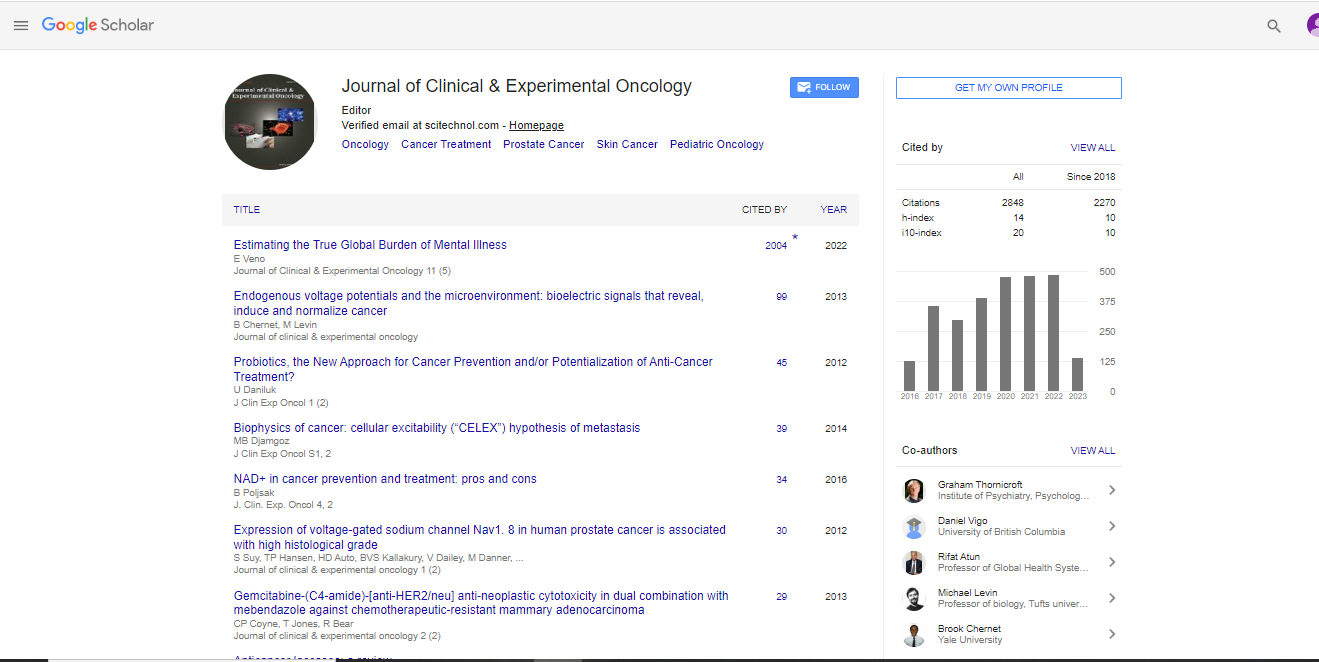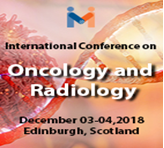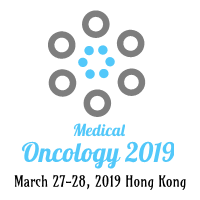Inhibition of the drug efflux activity of Ptch1 as a promising strategy to overcome chemotherapy resistance in cancer cells
Isabelle Mus-Veteau
Université Côte d’Azur, France
: J Clin Exp Oncol
Abstract
The development of inhibitors of key biological mechanisms involved in multidrug resistance (MDR) burden meets an important medical need but still represents a challenging task. Major MDR targets in both bacterial and cancer cells are multidrug efflux systems. The Hedgehog receptor Patched1 (Ptch1) is known to be over-expressed in many types of cancers, but its activity and role in the resistance to chemotherapy of cancer cells have been highlighted only recently. Remarkably, due to its peculiar efflux mechanism, inhibition of Ptch1 was shown to be particularly relevant for improving the efficacy of chemotherapy without concomitant toxicity for healthy cells or potential side effects. This makes Patched an innovative and highly promising therapeutic target. We then developed screening tests to identify molecules that inhibit the resistance to doxorubicin (dxr) conferred by human Patched to yeast, and the efflux of dxr by Patched (Fiorini and Mus-Veteau 2016). This led to the discovery of three inhibitors of Patched drug efflux. Methiothepin, a drug-like compound antagonist of the serotonin receptor, increases the efficacy of dxr against ACC cells in vitro and in vivo (Hasanovic et al. 2018), and of dxr and vemurafenib against melanoma cells (Durand et al. 2021). Astemizole, a non-sedating anti-histaminergic drug increases the efficacy of dxr and cisplatin against ACC cells in vitro (Hasanovic et al. 2020). Panicein A hydroquinone (PAH) produced by marine sponges increases the efficacy of dxr and cisplatin against melanoma cells in vitro (Fiorini et al. 2015), of vemurafenib against BRAFV600E melanoma cells in vitro and in vivo (Signetti et al. 2020, Kovachka et al. 2020 & 2022).
 Spanish
Spanish  Chinese
Chinese  Russian
Russian  German
German  French
French  Japanese
Japanese  Portuguese
Portuguese  Hindi
Hindi 



